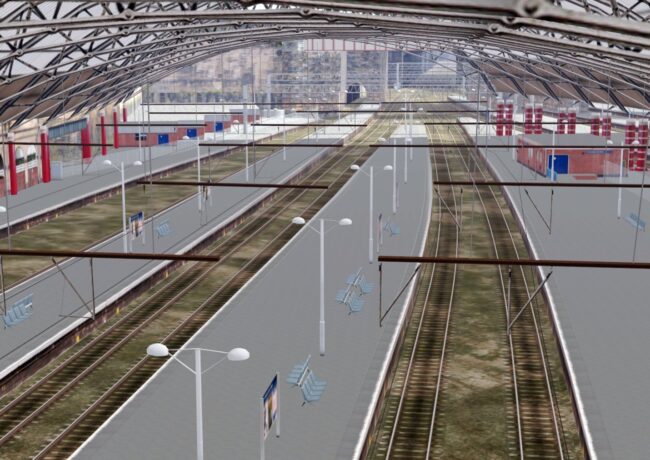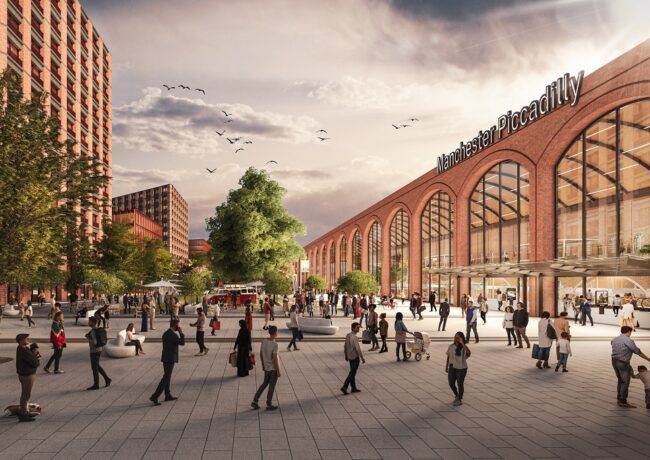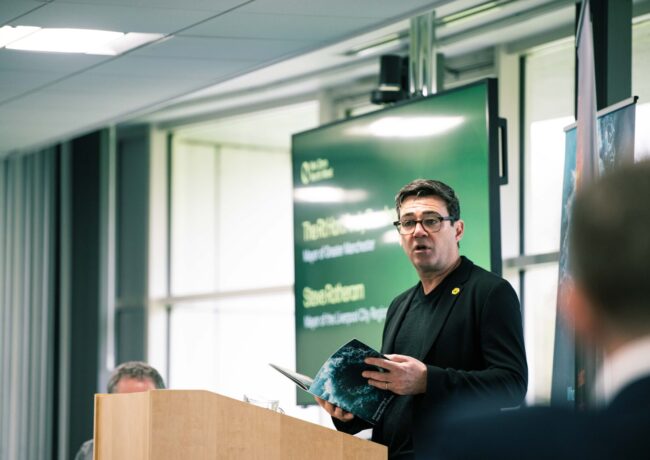Three ways Network Rail is using virtual reality at Lime Street
Network Rail is using virtual reality technology to save time, money and improve safety as it prepares to redevelop Liverpool Lime Street.
4D virtual modelling – using the fourth dimension of time – is being used to prepare for the work involved in Network Rail’s £340m Railway Updgrade Plan across Merseyside, which includes changing Lime Street’s platforms to accommodate longer and more frequent trains and improving reliability through signalling upgrades.
Three ways virtual reality modelling is being used at Liverpool Lime Street:
Signal sighting
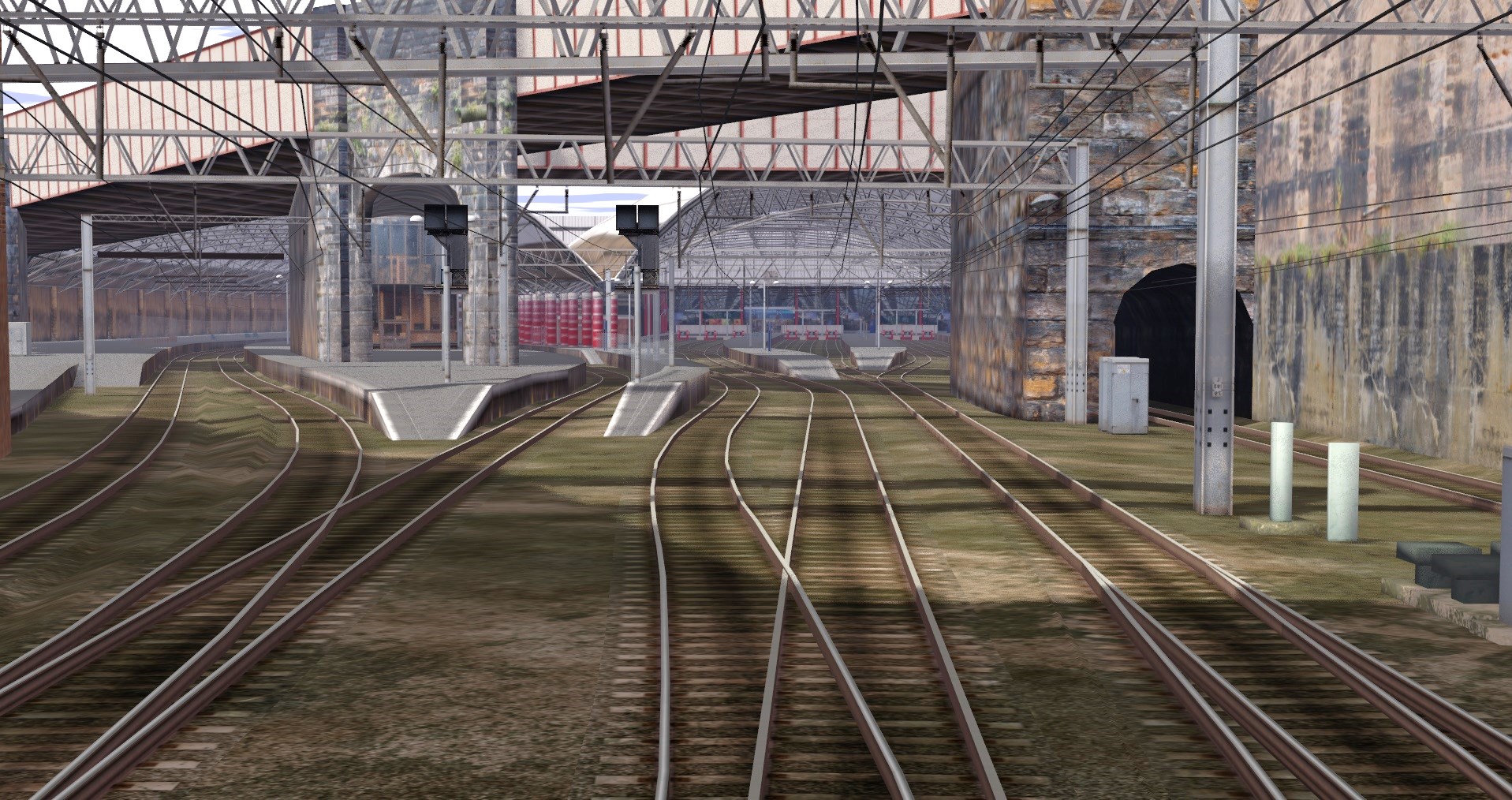
Existing platform virtual reality view at Lime Street
New signalling is being installed; the positioning of these signals is critical to the safe operation of the railway.
Before visualisation software, designers needed access to the railway to plot the location of the new signals and map how the signals could be viewed by train drivers in different models of trains, which would then need to undergo a time-consuming and expensive testing process.
Using virtual reality modelling, a 3D computer-aided design model is created from a set of data points on a coordinate system, known as point clouds and this is then enhanced with photo-realistic textures from a photographic survey of the site.
Specialised signal sighting software is used to make real-time changes without the need to send people onsite. The model is then reviewed by experienced train operators to comment or accept the proposed signal locations.
Scheduling works
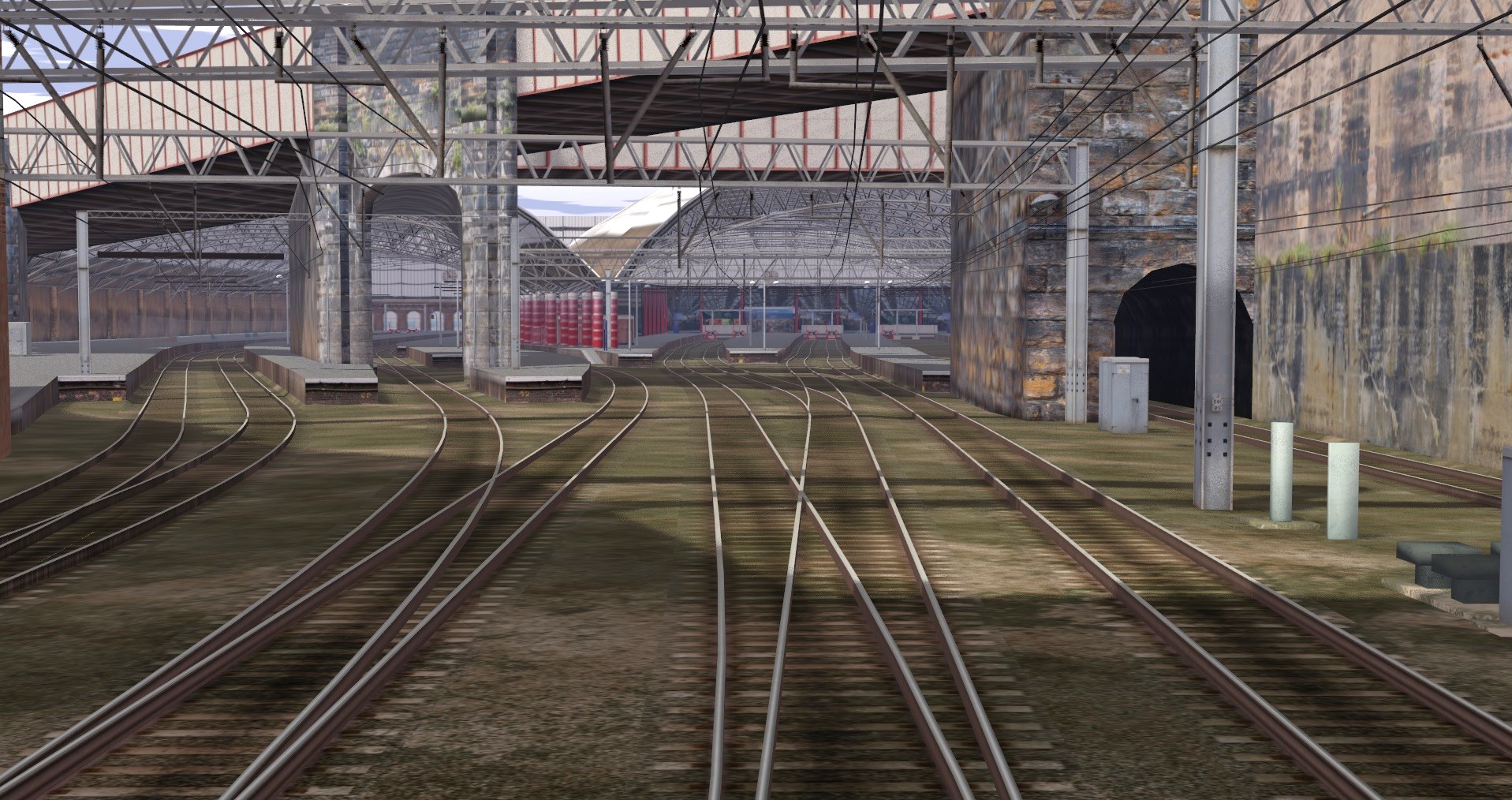
Future platform virtual reality view at Lime Street
To undertake the work at Lime Street station there will be periods when the station will be closed in 2017 and 2018. It costs an average of £200,000 per day to close access to the station.
To ensure that work happens safely and simultaneously, 4D technology directly links the 3D model and the construction plan and allows planners to schedule and coordinate tasks which can be visualised as a ‘virtual construction model’. This allows teams to spot potential clashes and hazards prior to deploying resources and machinery on site, saving on time and costs.
Platform design options
Platform remodelling of Liverpool Lime Street station is already under way. Virtual reality models of current and future platform designs are being used to inform decision-making.
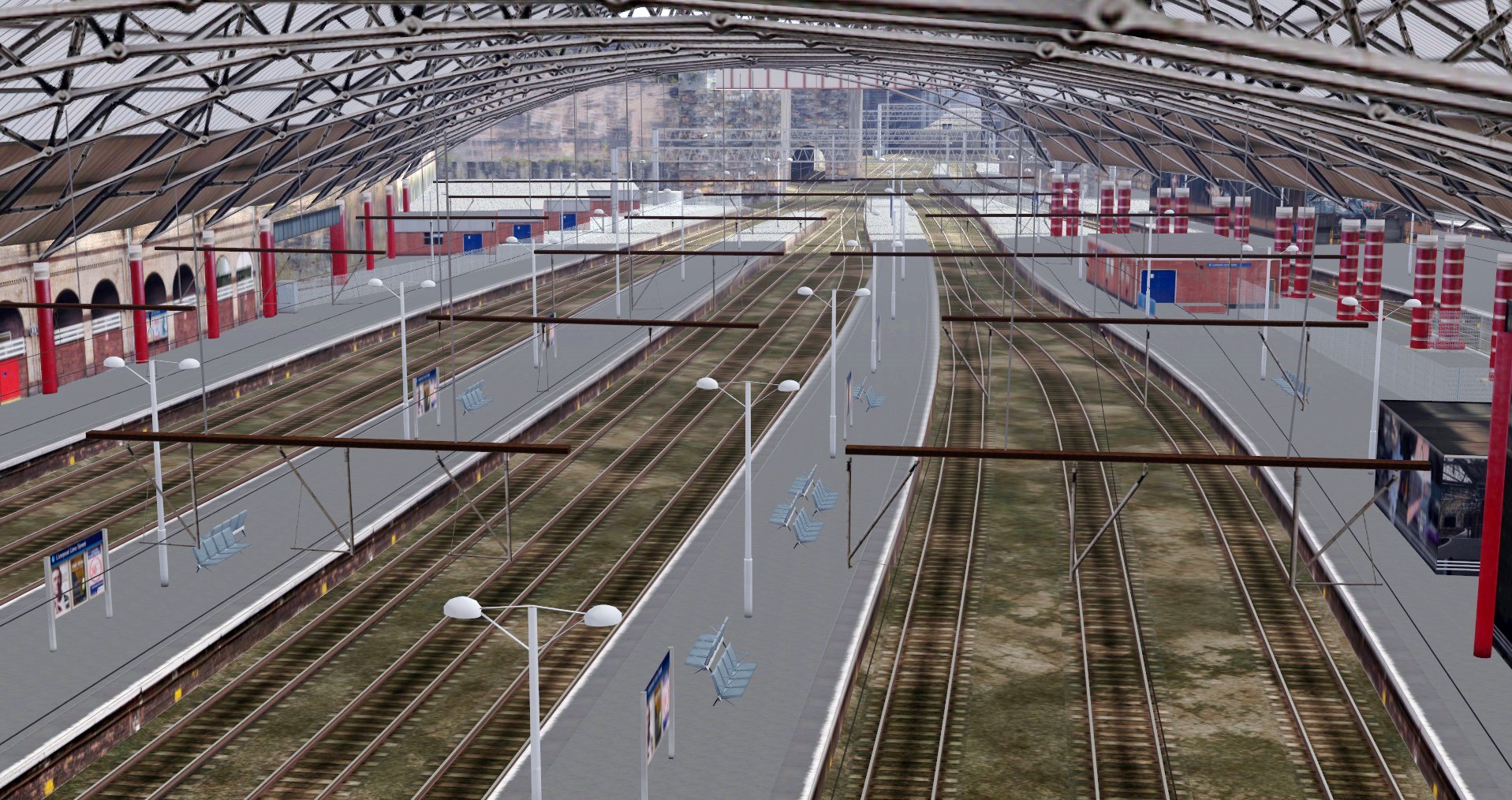
Virtual reality view of the existing Liverpool Lime Street platforms
Simon Wray, managing director of Specialist Project Integration, the company which developed the software, said: “Liverpool Lime Street is the first rail project in Britain to have a virtual reality model at its core.
“A unique feature of the system is that it works on multiple formats including mobile devices. Liverpool Lime Street is also the first project to use Oculus Rift virtual reality technology, which allows for a fully immersive experience for training and engagement.”
Work to enhance the capacity of Liverpool Lime Street station will begin in 2017.


